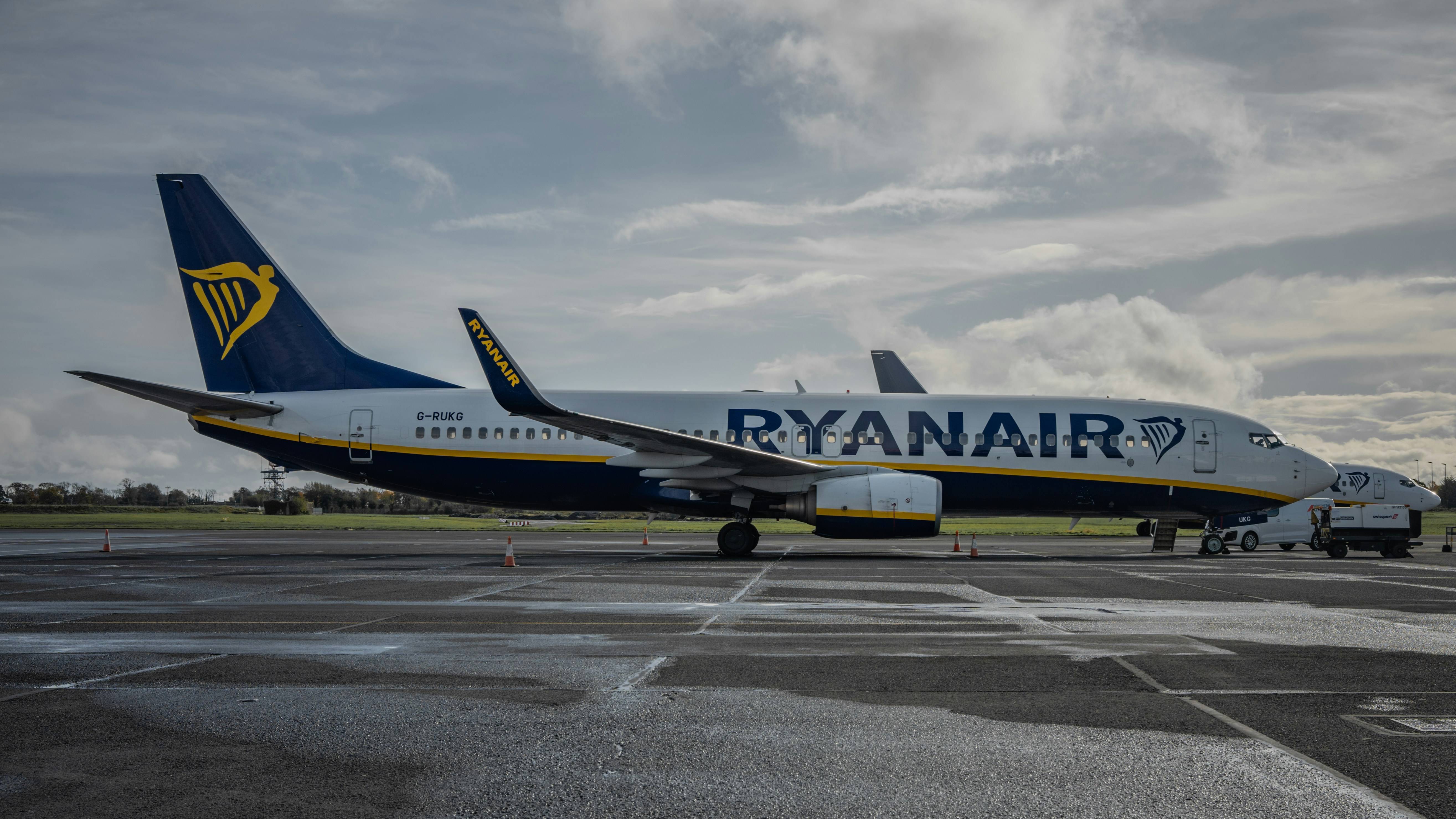Low-Cost Carriers: History and Evolution
The Advent of Low-Cost Carriers (LLC's)
I’ve always been a fan of unltra low-cost travel, and the concept of low-cost carriers (LLC's) truly revolutionized the ability to explore new and off-beat destinations without breaking the bank. So lets take a trip down memory lane and look at how this all emerged.
The origins of LLC's take us back to the 1970s when Southwest Airlines in the U.S. first introduced the low-cost model. Southwest introduced a no-frills service model, which focused on cost efficiency through simplified operations, such as operating a single type of aircraft and serving only short-haul routes. This allowed them to offer much cheaper fares than the big, traditional airlines.
This innovative approach not only democratized air travel but also pressured legacy airlines to reevaluate their pricing and service models, leading to increased competition in the industry.
Historical Timeline of Major Events
As I’ve racked-up miles over the years, I’ve watched LLC's spread across the globe, marking some key milestones along the way. Here’s a timeline that captures some of those pivotal moments:
- 1971: Southwest Airlines begins operations, introducing the low-cost model in the U.S.—a game-changer for budget-conscious travelers like me.
- 1985: Ryanair, which many of us who travel in Europe know well, starts up in Ireland. It began as a full-service airline but later adopted the low-cost model, making it the giant it is today.
- 1995: EasyJet Airlines launched in the UK, and I remember my first flight with them—no free meals, but the savings were undeniable!
- 2001: Ryanair becomes Europe’s largest low-cost carrier. I’ve flown with them numerous times, appreciating their no-frills approach and rock-bottom prices.
- 2002: AirAsia Airlines begins operations in Malaysia. I was excited to discover how they made Southeast Asia more accessible to travelers like me with their affordable flights.
- 2003: IndiGo is founded in India and quickly grows. On a trip to India, I was impressed by their efficiency and punctuality—a hallmark of their success.
- 2005: JetBlue, based in the U.S., combines low fares with perks like free in-flight entertainment. It’s a blend I’ve come to appreciate on many flights.
These milestones represent the global influence of LLC's, reshaping how we all think about air travel. I’ve been fortunate to witness and experience many of these developments firsthand, as based in Europe has facilitated using Easyjet and RyanAir frequently.
VIDEO:If you've ever wondered how budget airlines manage to offer such low fares, this video is a must-watch. I recently took a trip with Ryanair, Europe's largest low-cost airline, and the experience was eye-opening. From understanding the strategies behind their cost-saving measures to navigating the add-ons that can quickly increase your total fare, this video breaks it all down. It even compares Ryanair's business model to budget airlines in the US and other regions, offering a comprehensive look at how these airlines operate. Don't miss out on this insightful exploration—click play and get ready to learn how budget airlines like Ryanair make money!
Which Airlines are Considered Low-Cost Carriers?
From my own travels, I’ve noticed that low-cost carriers share a common goal: keep costs down and fares affordable. Here are some of the airlines I’ve flown with that embody this model:
- Southwest Airlines: As the original low-cost carrier, Southwest has a special place in my heart. They’ve got a massive network in the U.S., and I love that they don’t charge for the first two checked bags—a rarity these days.
- Ryanair: Europe’s largest low-cost carrier, Ryanair, is my go-to for cheap flights across the continent. Their no-frills approach may not be luxurious, but it gets the job done at a price I can’t resist.
- easyJet: Another favorite of mine in Europe, easyJet offers a range of destinations with competitive fares. I often choose them when I want a balance between cost and comfort.
- AirAsia: Southeast Asia became so much more accessible thanks to AirAsia. Their network is vast, and I’ve enjoyed many affordable flights to some of my favorite tropical getaways.
- IndiGo: India’s largest airline, IndiGo, impressed me with its punctuality and efficiency. They keep it simple and affordable, which is exactly what I look for when flying domestically in India.
These airlines, and others like them, have carved out niches by targeting travelers like me who value affordability and convenience. Over the years, I’ve come to rely on them for my budget-friendly adventures.
FAQ: Low-Cost Carriers
Find more help here for your journey through the airport


